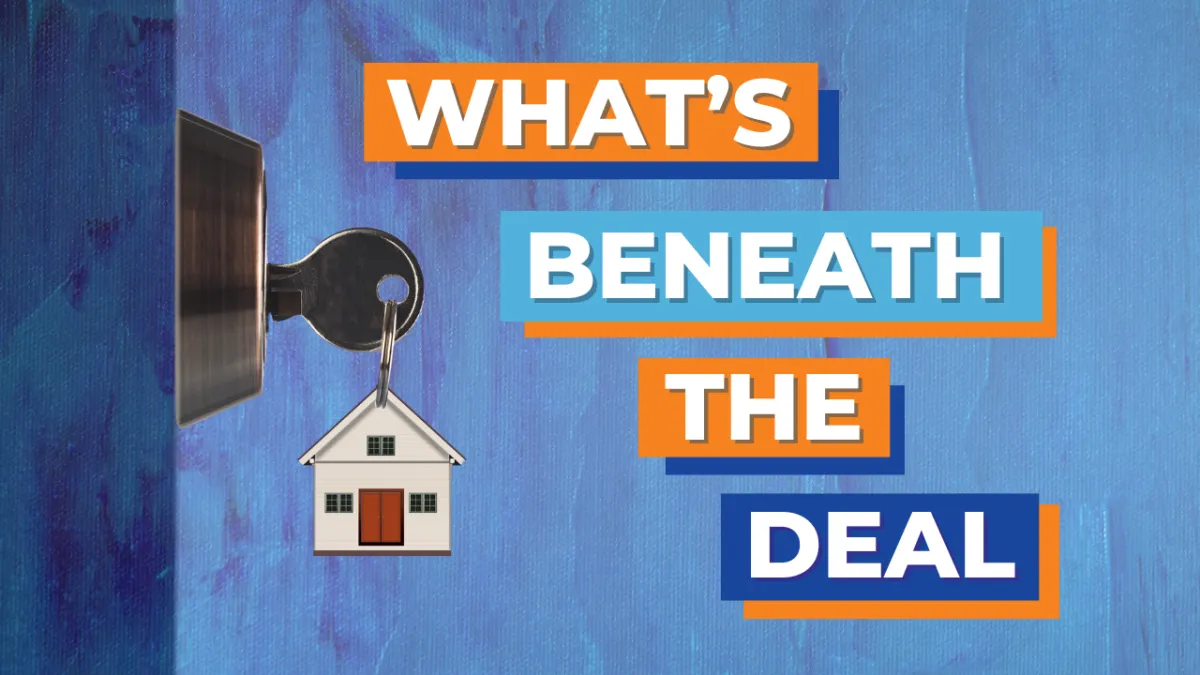
Hidden Costs in Real Estate Investing and Homeownership
Real estate investing is one of the most proven ways to build wealth and generate consistent income. But success doesn’t just depend on finding a good deal — it depends on knowing what’s beneath the deal. The real profits in real estate come from mastering what most investors ignore: the hidden costs.
Let’s unpack these often-overlooked expenses so you can make smarter decisions, protect your cash flow, and grow your portfolio confidently.
1. What Are Hidden Costs — and Why They Matter
Hidden costs are expenses that don’t show up in the purchase price. They creep in later — draining your cash flow, delaying ROI, and sometimes turning a “good” deal into a money pit.
Ignoring them is one of the biggest mistakes first-time investors make. Successful investors plan for them before signing the contract.
2. The Nine Hidden Costs Most Investors Overlook
1. Taxes
Every investor pays property taxes — but there’s more. You’ll also face income tax, capital gains tax, and sometimes FICA taxes if you operate as a business. Each one chips away at profit if you don’t plan ahead. Work with a tax professional who specializes in real estate to keep more of what you earn.
2. Insurance Premiums
Landlord and hazard insurance often cost more than homeowner’s coverage, especially in areas prone to floods or hurricanes. Don’t skimp — insurance can be the difference between an inconvenience and financial disaster.
3. Maintenance and Repairs
Even new homes need upkeep. Budget at least 1% of the property’s value per year for repairs — more for older homes. Roof leaks, HVAC issues, or plumbing emergencies can quickly wipe out your monthly cash flow.
4. Property Management Fees
If you’re not managing the property yourself, expect to pay 8–12% of the rent for a management company. The convenience is worth it, but it’s still part of your ROI equation.
5. Vacancy and Tenant Turnover
Every month without a tenant is a month without income. Budget for advertising, cleaning, repainting, and small upgrades between tenants. The best investors reduce turnover by treating tenants like long-term partners.
6. Closing Costs
Expect to pay 2–6% of the purchase price in closing fees — title insurance, attorney fees, inspections, and loan origination. Always confirm these numbers before you buy.
7. Utilities and Operating Expenses
Even when your tenants pay utilities, you’ll still cover landscaping, trash, HOA fees, and repairs. Use the 50% rule — assume half of your gross rent will go toward expenses.
8. HOA Fees
Homeowners Association fees can range from $200 to $1,000 monthly, depending on the community. They fund amenities and upkeep — but can easily erode profits if you don’t plan for them.
9. Capital Expenditures (CapEx)
These are big-ticket repairs like replacing the roof or HVAC. Set aside at least 1% of your property’s value annually. Investors who plan for CapEx never get caught off guard — they get ahead of the market.
3. The Hidden Costs of Owning a Home
Homeownership also carries hidden costs that surprise even experienced investors. For a median-priced $436,000 home, hidden costs can reach $18,000 per year — about $1,500 a month beyond the mortgage.
Property taxes: $1K–$9K yearly, varying by state
Home insurance: ~$2,700 per year
Maintenance: 1–4% of property value annually
Utilities: ~$429 monthly
Major repairs: Roofs and HVAC can each cost $5K–$12K
PMI: If you put down less than 20%, add $100–$400 monthly
HOA/condo fees: Average $390/month
Pest and mold remediation: Can exceed $3,000
Closing costs: 2–5% of loan amount
States like Hawaii, California, and Massachusetts carry the highest ownership costs, while Kentucky, Arkansas, and Mississippi remain the most affordable.
4. How to Protect Your Cash Flow
Smart investors treat hidden costs like business expenses — predictable, measurable, and controllable.
Perform due diligence: Inspect everything before buying.
Budget proactively: Set aside 40% of rent for expenses.
Build an emergency fund: At least three months of expenses.
Schedule preventive maintenance: It’s cheaper than repairs.
Use professionals: Property managers, accountants, and inspectors protect your investment.
Track every expense: Real estate is a business, not a gamble.
5. Final Thought: Plan for Profit, Not Problems
The best investors don’t just buy properties — they buy predictability.
Hidden costs don’t have to be scary if you expect them.
When you understand the true cost of ownership, you don’t just make more money — you build Consistent and Predictable Income that leads to No Broke Months.